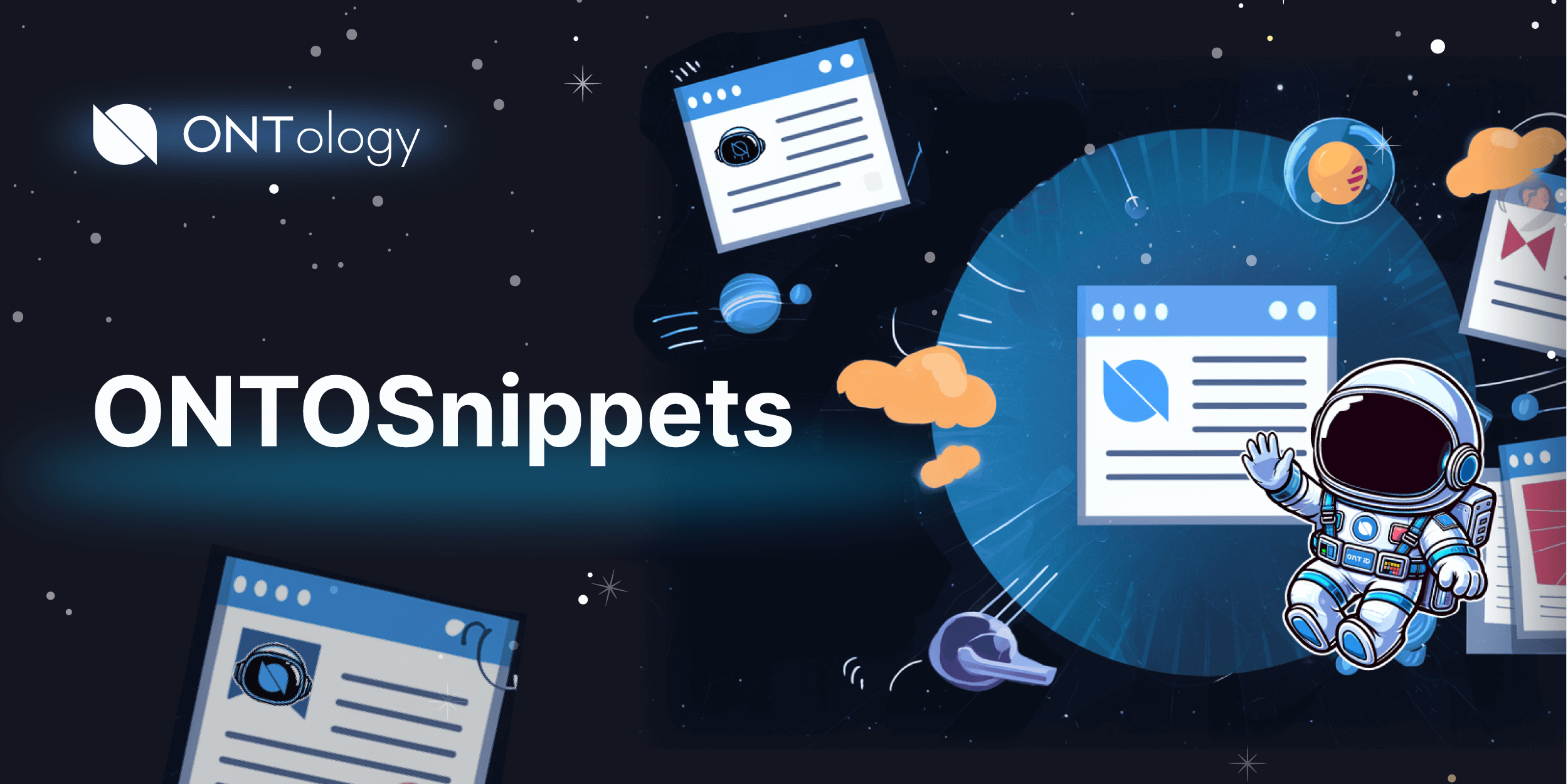$400M Coinbase Hack: The Case for zkTLS & Decentralized ID

Could Coinbase’s $400 Million Data Breach Have Been Prevented With zkTLS and Decentralized Identity?
On 15 May 2025, Coinbase disclosed a breach that exposed personal data from nearly 1 percent of its 100 million users. Attackers bribed support agents and accessed identity documents, contact information, and account metadata. Estimated losses could reach 400 million dollars. The hackers demanded 20 million dollars in Bitcoin. Coinbase refused and offered the same amount as a bounty for leads.
The damage goes far beyond this single event. Even without private key theft, stolen personal data enables phishing, KYC bypass, and SIM-swap attacks that can compromise users for years to come.
What Happened? A Quick Timeline
| Date | Event |
| Early May | Support agents bribed, ID data extracted |
| 11 May | Ransom note sent |
| 15 May | Disclosure filed with SEC and published in blog post |
| 16 May | Coinbase pledges to reimburse victims and posts 20 million dollar bounty |
Even though private keys were untouched, the leak included data that makes phishing almost impossible to detect. The real threat is not immediate wallet drain but long-term identity compromise.
Why Traditional Defenses Failed
- Centralized trust gave support agents unrestricted access to PII and KYC documents
- Static databases meant once data was copied, there was no recovery
- Social engineering, credential stuffing, and deepfake voice calls bypassed MFA when attackers had insider-fed information
This was not a sophisticated code exploit. It was a breakdown in the identity layer.
zkTLS and Zero-Knowledge Proofs: A Better Foundation
zkTLS enhances the standard TLS handshake by adding a zero-knowledge proof. It allows a client or server to prove possession of verified data without revealing the data itself.
Orange Protocol recently launched zkTLS and demonstrated its ability to integrate zero-knowledge authentication into web workflows. This innovation makes privacy-preserving infrastructure viable for mainstream platforms.
Modern stacks like zkPass, Reclaim, and Oasis Sapphire support zkTLS with sub-second performance and minimal integration overhead.
Benefits of zkTLS
- Agents verify identity via ZK proof rather than accessing raw documents
- All data access is logged cryptographically for accountability
- Clients can issue proofs directly from browser wallets without screenshots or uploads
Decentralized Identity: Bring Your Own Proof
Decentralized Identity (DID) systems allow users to store verifiable credentials in their own wallets. Exchanges like Coinbase could request specific proofs such as:
- Proof of age
- Proof of country of residence
- Proof of KYC status
Instead of uploading a passport or license, users would send a signed, selective-disclosure credential. Verifiers receive only what they need, and no more.
Comparing Models: How zkTLS and DID Could Have Prevented the Breach
| Breach Step | Traditional Model | zkTLS + DID |
| Insider opens user profile | Full PII and ID images displayed | ZK proof verified, raw data never revealed |
| Data exported to attacker | Screenshots or SQL dumps possible | Data lives off-chain and cannot be exported |
| Social engineering via phone | Insider shares email or balance | Callers must present fresh ZK proof signed by Coinbase |
| Ransom threat | Threat to leak stored PII | No central data store, nothing to leak |
Roadmap for Exchanges to Implement
- Phase 0: Audit data flows
Identify every system where personal data can be accessed or exported - Phase 1: zkTLS proxy integration
Route support agent access through a proof-validation gateway - Phase 2: Issue DID credentials
Provide verifiable credentials at the point of KYC or during renewals - Phase 3: Redesign support workflows
Replace ID document uploads with one-click proof requests - Phase 4: Monitor ZK proof logs
Feed into SIEM tools for anomaly detection and insider risk management
Key Takeaways
- The Coinbase breach shows how centralized access controls fail under pressure
- zkTLS and zero-knowledge authentication remove the need to ever expose sensitive data
- Decentralized identity enables users to prove facts without sharing documents
- Together, zkTLS and DID make insider bribery and data extortion obsolete
- Early adopters gain not just better security but also compliance benefits and brand differentiation
Frequently Asked Questions
Does zkTLS slow down support workflows or login times?
No. Most proof systems add only a few milliseconds, well below the latency of typical 2FA methods.
Can zero-knowledge proofs replace passwords or 2FA?
They strengthen the authentication layer, but do not eliminate the need for session protection mechanisms like 2FA.
Which wallets support DID today?
MetaMask Snaps, Ledger Recover, Solana Backpack, and ONTO Wallet all support W3C-compliant DIDs and verifiable credentials.
Next Steps for Teams
- Security teams should test zkTLS with sensitive workflows in staging environments
- Product and compliance leads can begin issuing verifiable credentials during routine KYC refresh cycles
- Marketing teams should link this article from “/security”, “/what-is-zero-knowledge-proof”, and “/coinbase-breach-update” to strengthen topical authority
Want to learn more about Zero-Knowledge Proofs and how they’re shaping the future of privacy in Web3? Check this out.